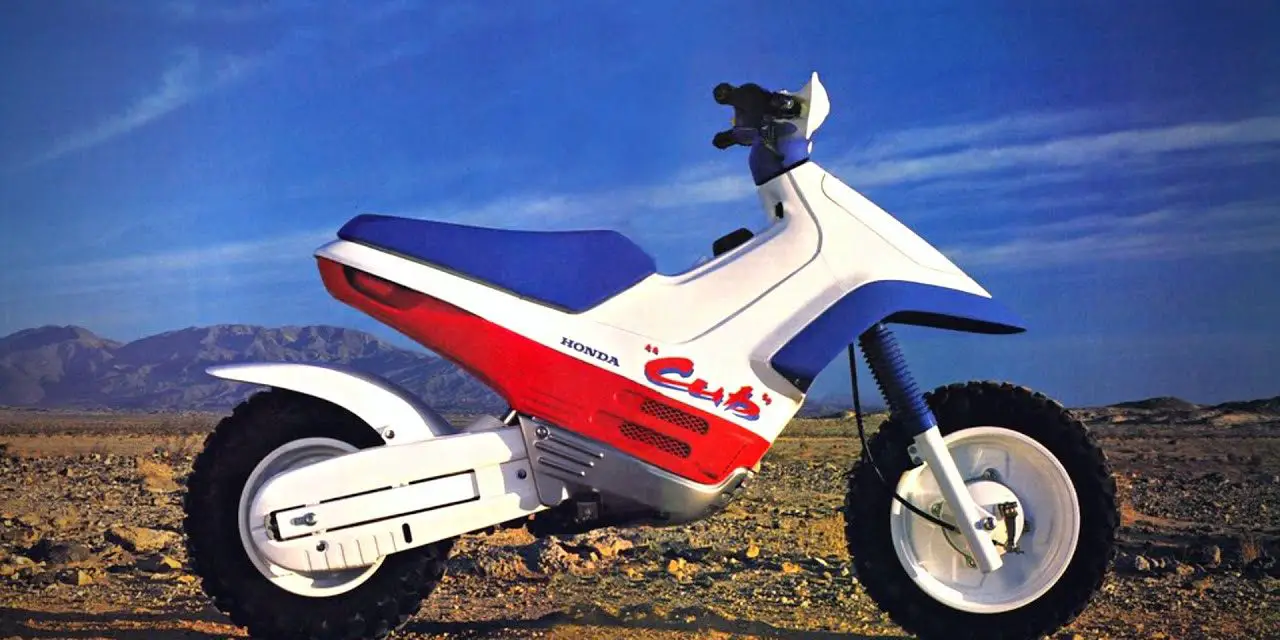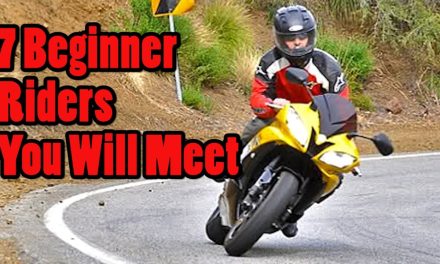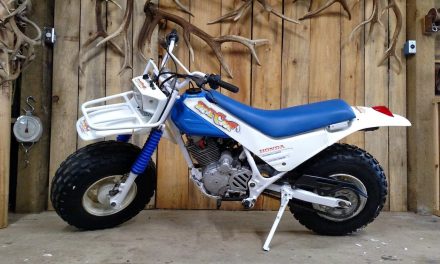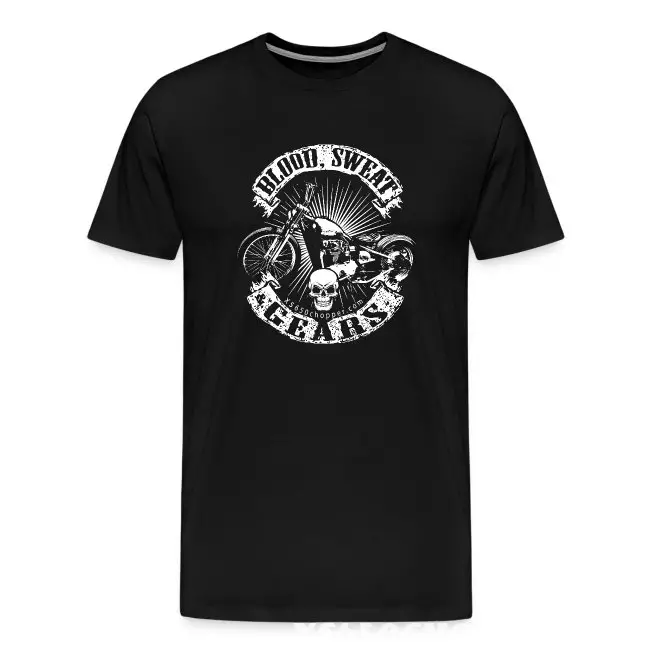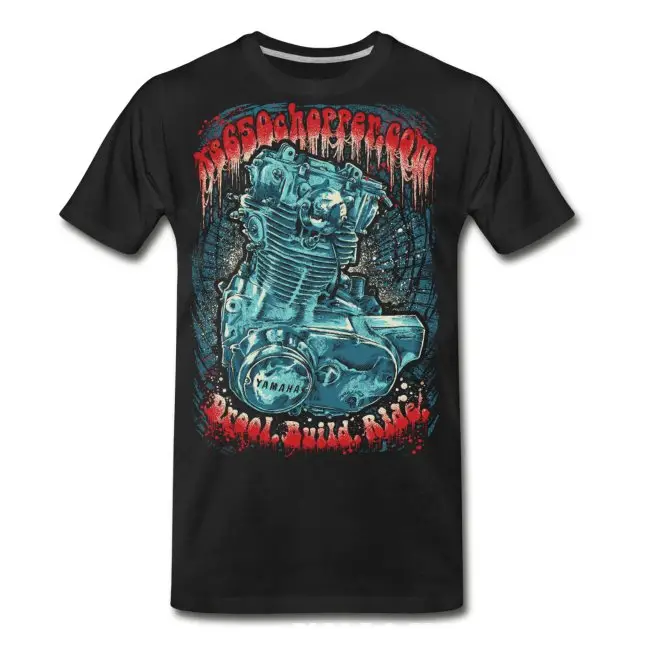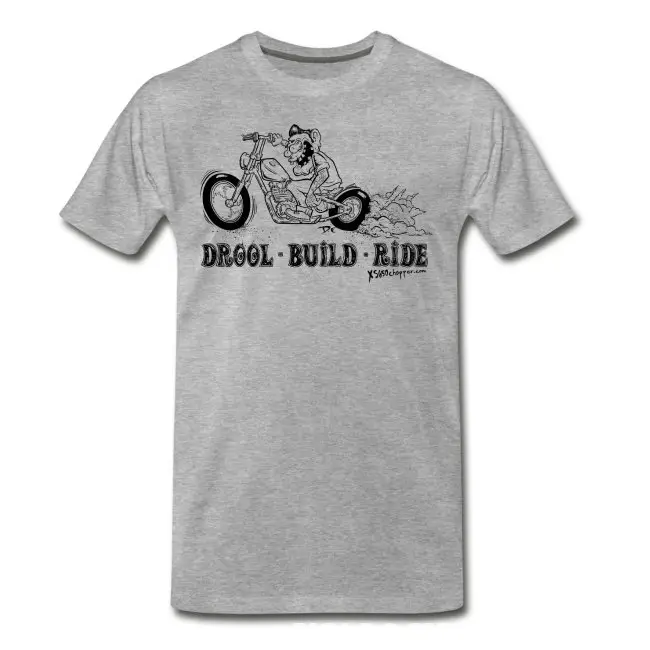Motorcycles have long been a symbol of freedom and adventure, but not all of them fit the typical mold. Some, like the unique motorcycle we’re about to explore, Honda’s EZ Cub, break the conventions and stand out with their quirky features and history. Now, let’s kickstart this ride and uncover the five fascinating facts about this odd little motorcycle that may just redefine your perception of two-wheeled travel.
1. The Unconventional Genesis
The 1990s were a time of intense competition among motorcycle manufacturers, particularly in the realm of sportbikes. Amidst this horsepower race, Honda, known for its diverse motorcycle lineup, took a surprising turn by introducing the “EZ Cub” in 1991—a bike that stood in stark contrast to the high-performance machines of its era. The EZ Cub was Honda’s fresh take on the concept of approachability in motorcycling, aiming to blend the simplicity of a scooter with the ruggedness of a trail bike. This odd little motorcycle was Honda’s way of continuing their legacy of creating user-friendly, practical bikes that began with the iconic Honda Super Cub, the best-selling vehicle of all time.
2. An Off-Road Scooter Hybrid
Honda has always been an innovator in the motorcycle industry, and with the EZ Cub, they ventured into uncharted territory by creating a crossover between a motocross bike and a scooter. This was a bold attempt to bring the ease of scooter riding into the off-road world. The EZ Cub featured a torquey 90cc air-cooled two-stroke engine, a variable ratio automatic transmission, and no need for gear shifting—just throttle and go. It was an embodiment of Honda’s vision to make off-roading more accessible to everyone, not just the experienced riders.
3. A Design Ahead of Its Time
When it comes to design, Honda is a master at integrating form and function, and the EZ Cub was no exception. Its futuristic bodywork was not just for show; it played a crucial role in the motorcycle’s functionality. The bike’s lightweight and aerodynamic features were essential for its intended use as a simple, unassuming off-roader. Despite its peculiar appearance, the EZ Cub was designed to be approachable and lightweight, with a dry weight of under 200 pounds, making it a nimble companion on and off the beaten path.
4. The Ultimate Pit Bike
While the EZ Cub was designed to be an innovative off-road scooter, it found an unexpected niche as the ultimate pit bike. Its user-friendly features, such as the automatic transmission and electric start, made it perfect for navigating the busy environment of racetrack pits. It became a favorite among racing teams and riders for its ease of use and reliability, proving that sometimes a motorcycle’s success lies not in its performance but in its practicality.
5. A Rare Collector’s Gem
Despite its innovative design and practical features, the EZ Cub did not achieve the same level of success as its predecessor, the Honda Super Cub. However, this rarity has made it a sought-after collector’s item, with well-preserved models fetching high prices. The EZ Cub’s production run from 1991 to 1996 was relatively short-lived, but it left a lasting impression as a unique and bold experiment in Honda’s storied history of motorcycle manufacturing.
The EZ Cub may not have revolutionized the motorcycle world as Honda might have hoped, but it remains a fascinating footnote in the annals of two-wheeled innovation. It’s a testament to Honda’s willingness to push boundaries and explore new concepts, even when the market response is unpredictable. So, the next time you see an odd little motorcycle, remember the EZ Cub and the spirit of ingenuity it represents.

